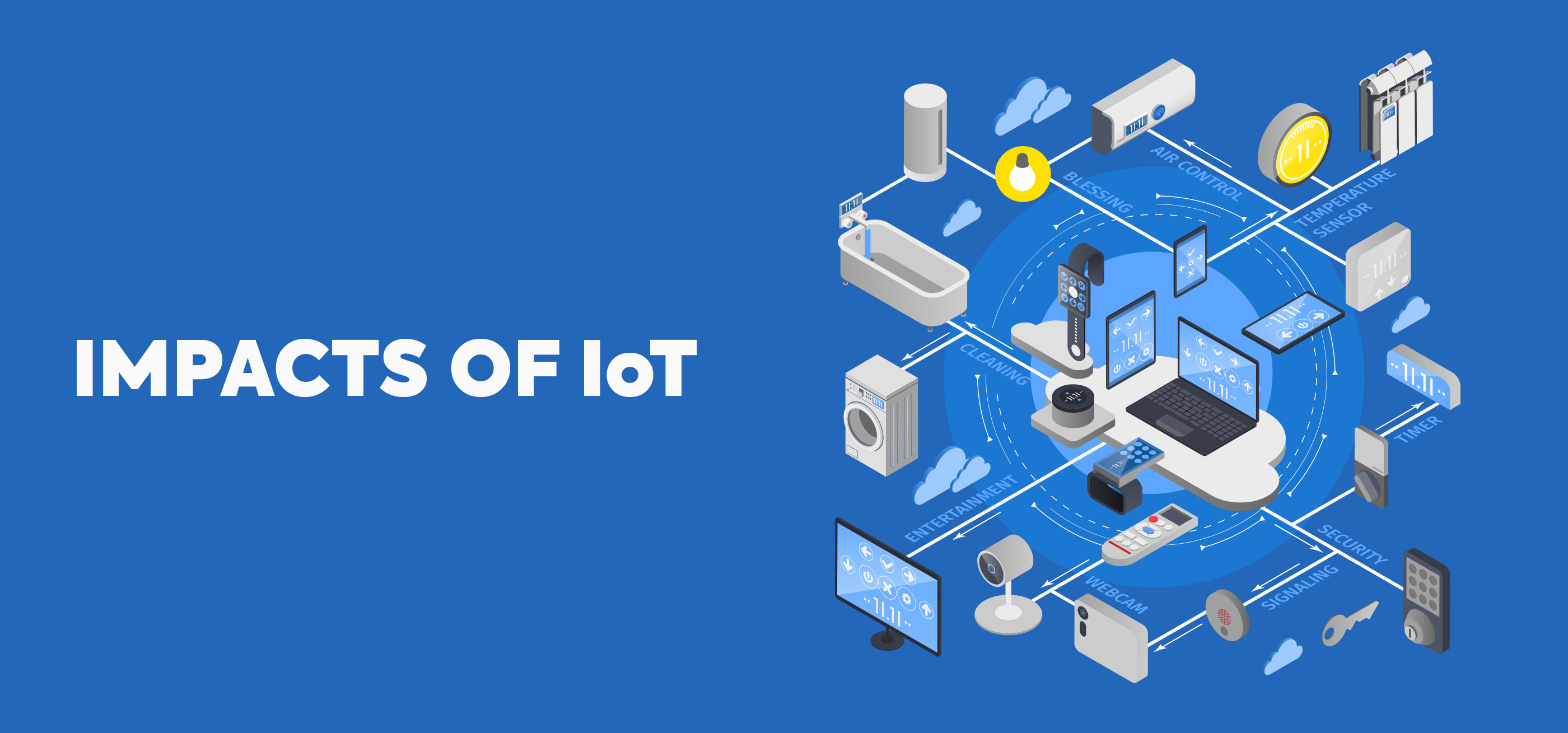Impact of IoT on Enterprise Mobility
22 April, 2019The Internet of Things, or IoT, has never been bigger. But what is IoT? The term is often used to describe everyday devices which can connect to one another. For example, you may have a home thermostat that communicates with your WiFi router. You may also have a smartwatch which can be used to control your TV and entertainment systems. It's all very exciting!
In the world of enterprise mobility, however, things are getting even more interesting. IoT looks set to help businesses become more flexible in the years to come. With statistics showing that over 31 billion devices and 4 billion people will be connected to some form of network by 2020, now really is the time for firms to start taking advantage. But how is IoT helping enterprises to become more mobile?
.jpg)
The Future of Working Remotely
Remote working is something which more and more firms are taking advantage of. While encouraging off-site working may have previously been seen as risky, firms are now able to keep close tabs on employees through a range of devices. Remote working in itself carries a number of important benefits:
- Data suggests that up to 86% of people who work from home feel they are more productive away from the office.
- What’s more, there are benefits for the employer. Surveys show that 60% of enterprises see remote working as cost-effective.
Therefore, it makes sense that evolving IoT technology is being adopted more and more by firms. IoT is actively helping to enhance worker productivity and to lower costs for enterprises. What's more, greater flexibility means that there is less need for physical meetings and reports. Field agents can be contacted off-site for instant feedback and project updates.
IoT’s Specific Impacts
While it’s easy to see why remote working and enterprise mobility is hugely popular, we need to consider how IoT is doing its part.
For example, wearable technology is helping to keep remote workers in touch with their HQs and data centres at all times. It is also helping to deliver fast and detailed analytics. Customers may have access to an app on their smartwatch which could help a business track shopping behaviour and deliver personalised recommendations.
IoT can also help firms to collate data without the need for physical interaction. Intelligent sensors and AI can be used to analyse stock levels and situations outside of office confines. When this would have taken more time and effort in the past, technology is now able to automate a lot of tasks for us. What's more, it is able to report back with detailed analysis.
The Future of Enterprise Mobility
As time goes on, enterprises will likely become more mobile. The more connected we are to each other and the data we require, the less need there will be for physical resources and locations. Does this mean we will work remotely by the end of the next decade? Who can say? But the future is shaping up to be very exciting indeed.
Can your customers ask one question via an app, and continue the conversation in-store? Can they use exclusive voucher codes via mobile on store purchases? Blending channels is absolutely the way forward.

